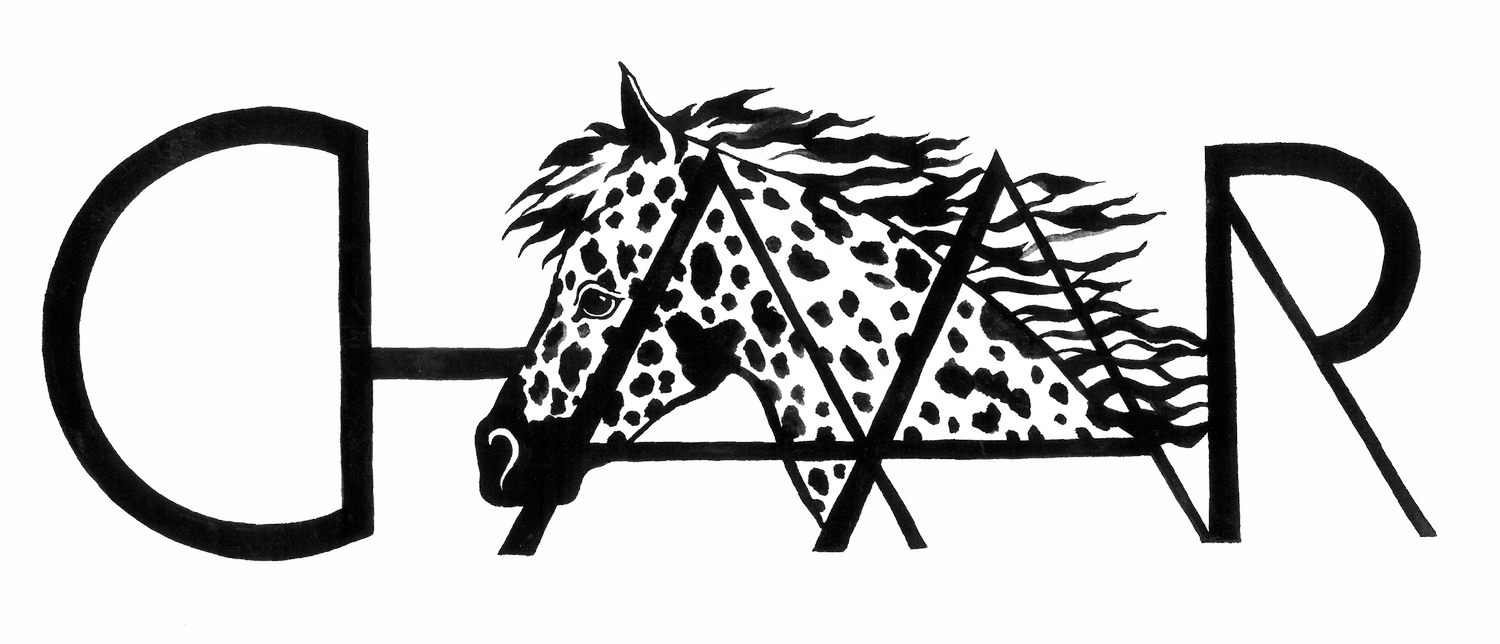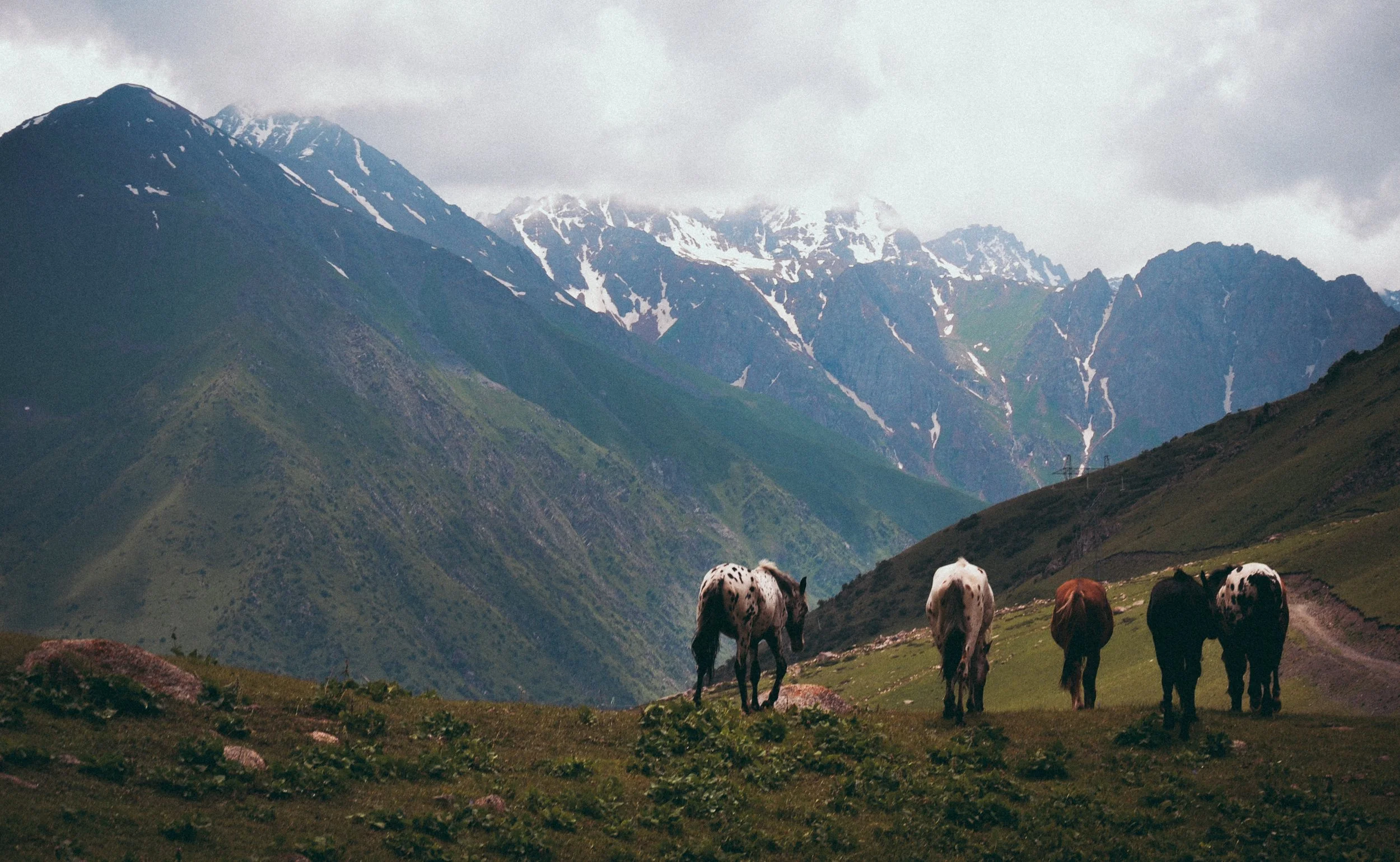The Role of the Chaar Horse in Our Planet’s Ecosystem
We rarely pay attention to how it rains, snows, to how the grass grows, summer turns into autumn, and winter into spring, to how the animal and plant worlds live. These are all natural processes of our planet’s life, where every plant, animal and even microorganisms are created to support mother earth, our nature.
Nature takes care of itself in a way that causes each element not only to live and develop in a certain area of the globe, but also to be useful in ensuring the continuation of the ecosystem’s life, where each element is an integral part of one chain.
Unfortunately, human intervention in the natural course of natural phenomena and the artificial alteration of these processes has been extremely harmful and the cause of various natural disasters, such as epidemics, floods, desertification, abnormal cold or heat, and the disappearance of some animal species.
In this article, I would like to discuss the role of native animals in greater depth, in particular the Chaar horse, its important role in the conservation of the ecosystem and how it favorably affects it while maintaining the natural balance.
Horse grazing has been identified by researchers as a key element of biodiversity.
Like many animals with specific functions in their ecosystem, horses play a key role in environmental sustainability and contribute to biodiversity. Aboriginal horses can survive solely by eating grass. But did you know that when horses are grazing, they can help the earth in many ways? Grasslands and pastures tend to accumulate large amounts of dead plant material, which can slow down the growth of natural grass. The horses grazing in these pastures actually clear the land of unwanted foliage in a way that humans cannot.
Horse grazing not only helps land management, but also benefits other wildlife. Many species depend on vegetation managed by horses. For example, a horse carries plant seeds from one place to another, and its waste is a highly effective fertilizer for the soil. There are many more examples of the critical contribution of horses to biodiversity. But the important takeaway from all this is that horses play a vital role in creating and maintaining the biodiversity of our ecosystem.
Unfortunately, human intervention in the life of the modern horse has reduced its ability to live in the wild. The breeding of new breeds and random crossing caused horses to cease being independent, hardy and made them less resistant to various types of diseases.
Our collaborative research, conducted by geneticists at Texas A&M University under the direction of Dr. G. Cotran, showed that the Kyrgyz horse has undergone a lot of cross-breeding and almost lost its uniqueness.
For the test, we took the biomaterials of 25 randomly selected horses, and called them “Toktogul”. The diagram below shows that in the blood of the Toktogul horse there is a large mixture of horse breeds, such as Knabstrupper, Lesser Poland, Great Poland, Polish Trakehner, Don, French, Thoroughbred, Standardbred, etc.
In this diagram, we see that the Chaar horse has retained its uniqueness and is related to the ancient, native horses of the Yakut Mongolian breed and the Exmoor pony.
I believe that the blood of the Don horse existed since the time of the Soviet Union, and after its collapse, when the borders were opened, other breeds were introduced along with various types of equine viral and infectious diseases.
The result of this indiscriminate interbreeding was a decrease in the resistance of the local horse to the climatic and geographical conditions of the highlands, as well as a great loss of cultural and historical heritage.
It is worth noting that I am in no way detracting from the qualities of horses of other breeds. We must understand that each breed of horses feels comfortable in its habitat, to which it is accustomed and adapted to living, taking into account the climatic and geographical features of the area.
Being not only a researcher but also a breeder, I am aware of the distinctive traits of Chaar horses, who have adapted to life in the mountains and are hardier than other breeds of horses in our natural conditions. Furthermore, Chaar shares a rich history with the Kyrgyz nomadic people.
Today, uncontrolled and inconsiderate crossbreeding continues not only in Kyrgyzstan, but also in other neighboring countries where the Chaar horse lives, which threatens the extinction of this unique breed, thereby destroying the species of biodiversity and the historical heritage of not only the Kyrgyz, but also other peoples who have a shared history with the Chaar horse.
There are many cases in history when entire species of the animal world disappeared as a result of rash human actions, thereby causing enormous harm to the ecosystem.
Now it is not too late to change your mind, preserve and increase the recognition of Chaar horses as one of the types of biodiversity, as well as the cultural and historical heritage of the Kyrgyz, Kazakh, Mongolian and other peoples who are connected by a common history.



